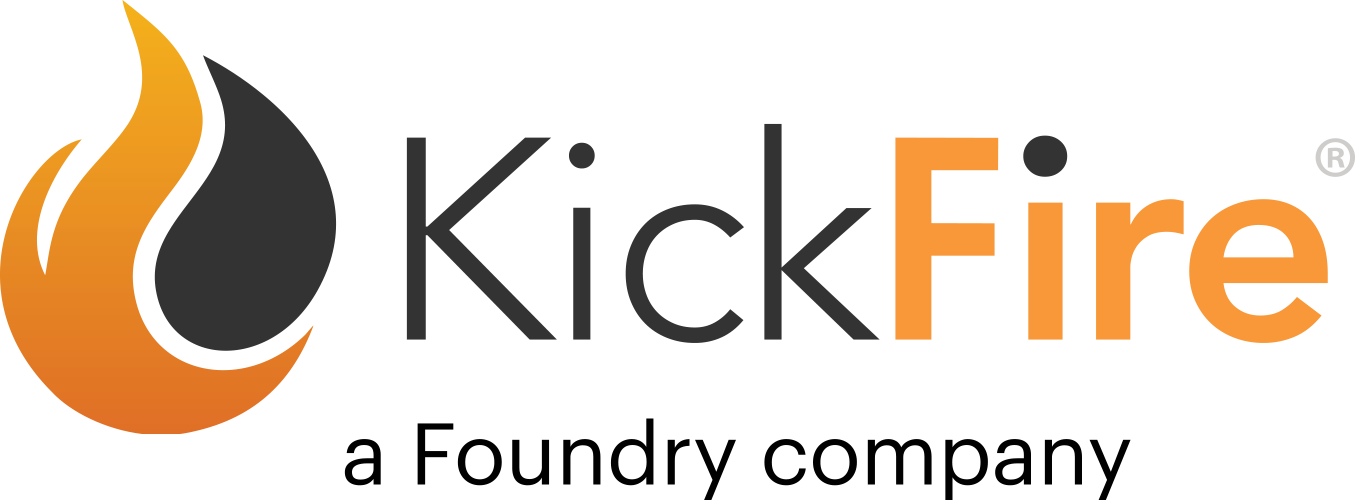When was the last time you were in a meeting and someone started throwing out new terms and buzzwords you didn’t know? Or better yet, when was the last time your boss asked you to do something, you agreed, and as soon as you were at your desk jumped onto Google to try to find out what you just agreed to?
Unfortunately, if you’re like most of us, these situations are all too familiar. But fear not, whether you just got your first marketing job, or you're an industry veteran, here are 29 terms, acronyms, and jargon that everyone should learn to keep up with today's ever-changing B2B marketing landscape.
- Account-Based Marketing: Marketing strategy based on tailoring messaging around highly specified accounts instead of creating a message and sending it to a mass audience.
- Account Intelligence: Knowledge you have about your target account beyond their firmographic profile – understanding the target account’s true business needs so you can provide the best possible solution.
- Ad Waste: This represents the number of impressions you paid for but were never seen by your target audience (i.e. “wasted” impressions) due to ad blocking, ad fraud, or poor targeting to begin with.
- Ad Optimization: Creating and refining your ads to make them more relevant to your target accounts based on A/B and user testing.
- Ad Retargeting: The process of showing ads to an audience that previously visited your website and left without converting.
- Attribution: Understanding which specific marketing touchpoints (mailer, ads, events, etc.) contributed to the desired end goal and assigning a value to each of them.
- Content Personalization/Dynamic Content: Tailoring content based on audience attributes to provide an enhanced user experience.
- Conversion Rate: A common sales and marketing metric that measures the percentage of desired actions taken by a lead divided by the total number of leads. These can vary from clicks on an ad, content downloads, purchases, etc. depending on the goals of the campaign.
- Content Syndication: Publishing and promoting your original content on third-party platforms (i.e. LinkedIn, Quora, etc.)
- Demand Generation: This is an umbrella term for all marketing activities that get people excited about your brand, such as hosting a webinar, producing a weekly blog, creating ebooks, etc.
- Demand Side Platform (DSP): These are platforms that provide advertisers a means for bidding on online ad placements in real-time.
- Firmographics: Demographics about companies (firms), including name, size, industry, geolocation, and more.
- First-Party Intent Data - Information collected from your website about your visitors such as pageviews, content downloads, form fills, etc. that provide deep insights into your potential buyer’s interests.
- Hyperlocalized Marketing: Very targeted marketing efforts, often geo-based that provide a much better chance of reaching a potential customer.
- IP Address Intelligence: Technology that translates the IP address of a website visitor into a domain name and firmographic information.
- Ideal Company Profile: This is a prototypical company that would get the most value out of your product. This is used to create a list of target accounts (companies) that will be the center of all your marketing efforts.
- Ideal Customer Persona: This is a person at a company who will most likely be receptive to your messages because your product/service solves a specific need they have in their role.
- KickFire: The industry leader in IP address intelligence, and the best company ever ;)
- Personalization: Tailoring of messages based on audience traits with the goal of providing the most specific and relevant messages to a target audience.
- Real-Time Bidding: Auctions for ad space on a webpage that occur in real-time as the webpage loads.
- Search Engine Marketing (SEM): Paid placement of a website on search engine results page.
- Search Engine Optimization (SEO): The process by which websites rank higher on the results page of a search engine.
- Tag Manager: Software that allows marketers to easily add tags into their site without having to code them into a header or footer. (ex: Google Tag Manager).
- Target Accounts: List of specific companies your company wants to target with an account-based marketing campaign.
- Targeted Ads: Tailored messages intended for specific market segments - the cornerstone for account-based marketing.
- Technographics - The company’s current technology stack will indicate which new technologies it will be receptive to integrating with.
- Third-Party Intent Data - Data purchased from third-party providers that pay publishers and other first-party data owners for information that gives insight into potential lift in buyer interest.
- Retargeting Ads: When a person visits a website and leaves without buying or contacting, marketers can serve them ads to drive them back to their website.
- Website Cookie: Small pieces of data a website stores on a visitor’s browser that can track a wide range of user behaviors. There are two types of website cookies:
- First-party cookies help websites function and provide better user experience. They remember login information, language preferences, etc. and are generally considered helpful.
- Third-party cookies are placed on a visitor's browser by a third party and are often used for visitor tracking. Due to increased privacy restrictions and browser updates, third party cookies are fading out, more on that here.
